No products in the basket.
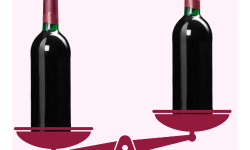
LOWER CARBON FOOTPRINT WITH LIGHTER WINE BOTTLES Reducing the weight of wine bottles is a small but relatively easy way to reduce...

LOWER CARBON FOOTPRINT WITH LIGHTER WINE BOTTLES Reducing the weight of wine bottles is a small but relatively easy way to reduce...

VINTAGE CHAMPAGNE; IS IT WORTH THE PRICE? Vintage champagne is often talked about in much revered terms and the prices it can...
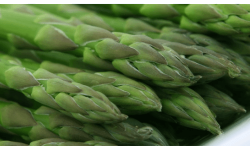
Best wines to drink with asparagus Asparagus is one of those foods that are notoriously difficult to pair with wines; others...

A DAY IN THE LIFE OF A RELUCTANT…MODEL! In my personal life I have always been the first to shy away from...
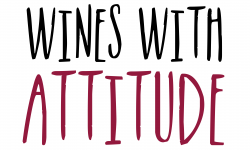
REVIEW OF WINES WITH ATTITUDE It is always nice to receive good feedback about Wines With Attitude whether for its service,...
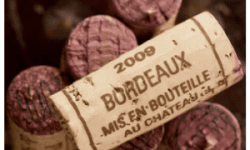
7 KEY FACTS ABOUT BORDEAUX WINE The Bordeaux wine region is one of the oldest wine-producing regions in Europe with a reputation...

15 signs that you are a wine buff Regular readers of my wine blog will almost certainly have an interest in wine....

7 reasons why wine duty should be cut DUTY ON WINE: A WINE MERCHANT’S VIEW It’s the time of year when the...

THE 5 BEST RED WINES FOR SUMMER – AND WHY When the weather turns warmer, many wine drinkers turn to white or...

WHAT DOES ACIDITY IN WINE MEAN? This Wines With Attitude guide covers everything you need to know about acidity in wine – how you...
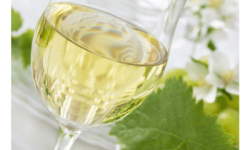
ALL ABOUT SAUVIGNON BLANC It is probably no surprise that Sauvignon Blanc features in the top 10 most planted wine grapes in...
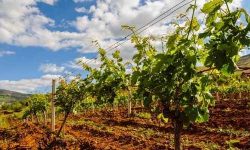
ALL ABOUT TERROIR & HOW IT AFFECTS WINE Terroir is a much-used and much-debated term but what exactly does it mean? Some...
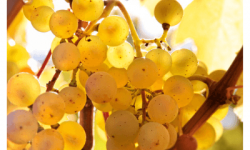
Riesling wines – love them or hate them? A guide to Riesling wines Though I now have a number of Riesling wines...

Why we celebrate with champagne With Valentine’s Day around the corner many wine merchants like me will recommend that you open a...
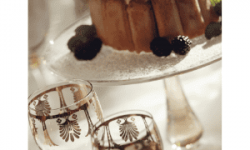
Why drink sweet wine with dessert? And which sweet wine? Celebrations like Birthdays, Mothers’ Day and Christmas are the perfect excuse to...
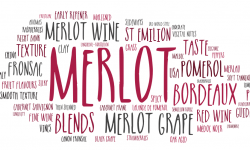
Guide to the Merlot grape and wines A guide to the Merlot grape and where it is grown, the characteristics of Merlot wine and...

Where is your wine really from? WINE PROVENANCE: CLUES TO LOOK FOR ON THE LABEL You may not pay too much attention...

Easter foods & wine The long Easter weekend is a great time for getting together with family and friends. It’s an excuse to celebrate after the long winter months and perhaps splash out...

Guide to Cabernet Franc & its wines A guide to the Cabernet Franc grape and where it is grown, the characteristics of...

7 tips for buying wine online We read frequent reports about how e-commerce in the UK is growing and that includes a...
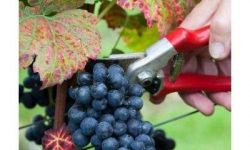
The Pinot Noir grape & its wines Writing my wine blog post A Quick Guide to New Zealand’s Wines made my mouth water for...
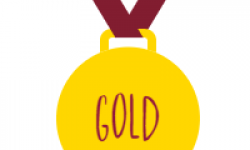
Wine Competitions, medals & awards You will have seen numerous wine bottles on supermarket or wine shop shelves with shiny stickers indicating...
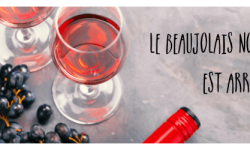
Beaujolais – the ultimate fruity red wine The very name “Beaujolais” often sends a shudder down the spine if, like me, you...
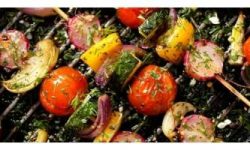
Best Barbecue Wines The sun has not really shown its face much in the UK in summer 2024. But things are finally...
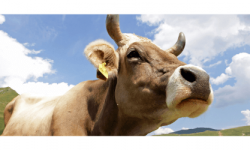
Biodynamic wine: is it better for you? Biodynamic wine remains an enigma to many people and not therefore a priority for most...
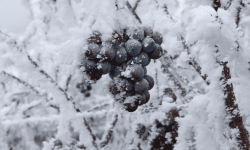
All about ice wine or Eiswein You may have heard of ice wine (also known as Eiswein or icewine) but you will...
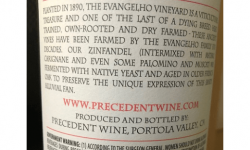
Do old vines make better wines? Chances are you will have seen the term “Old Vine” or one of its foreign equivalent...
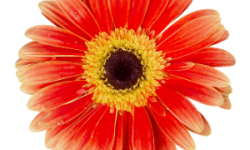
Fruit & Root days: do they affect how wine tastes? Have you ever wondered why some days a wine tastes great but...
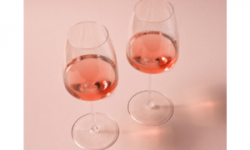
Guide to rosé wine & the rise in premium rosé The ‘too pink, too girly and too sweet’ reputation that rosé wines...
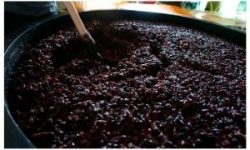
Guide to tannins in wine Tannins in wine tend to have a bad press but is it justified? This blogpost takes a...

Guide to Tawny Port Ever wondered about the difference between ruby and tawny port? Ruby port seems to be more popular but tawny port is having...
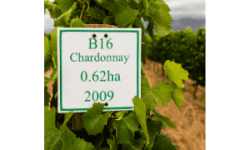
The Chardonnay grape & Chardonnay wines I’ll show my hand upfront – I love a good Chardonnay but I know it is...
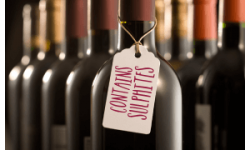
A guide to sulphites in wine What “Contains sulphites” on wine labels means Every year I pop into RAW, the natural wine...
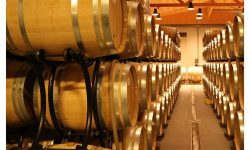
A guide to oaked and unoaked wine Many wine drinkers have a strong preference for either oaked wines or unoaked wines; people...
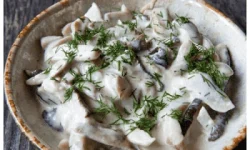
Best wines to drink with Beef Stroganoff Regular readers of my blog will know that I believe the main aim in pairing...

The best wines to drink with chilli spice What are the best wines to drink with chilli and other spicy hot food?...
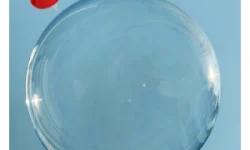
Bursting the bubble of 7 wine myths I am amazed by some of the wine tales that I read or hear about...
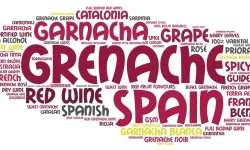
Grenache grapes & wine styles There’s a whole family of Grenache grapes and consequently a wide range of different Grenache wines. So,...
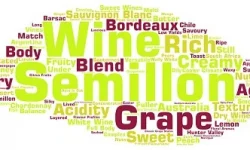
Guide to the Semillon grape and wines Here I take a look at the Semillon or Sémillon grape and why it is,...

How & why our wine tastes change Think back to when you first started drinking wine – what was your preferred wine...

Organic wine I wrote a little about organic wine in my blog post on the differences between natural, organic & bio-dynamic wine...
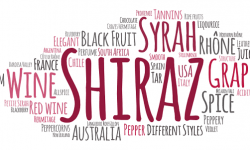
The Shiraz / Syrah grape & wines Shiraz used to be very popular here in the UK but Syrah remained, and still...
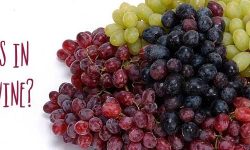
Vegan & Vegetarian wine guide There is a lot of talk about vegan wine these days. You may wonder what all the...
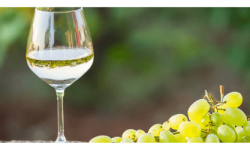
Vinho verde: a perfect wine for summer Portugal is perhaps best known, wine-wise at least, for its fortified wine, port (about which...
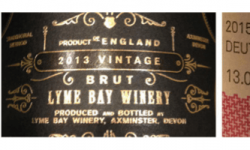
Wine appellations & labels There seem to be an increasing number of letters on wine labels like AC, AOC, AP, AOP, DO,...
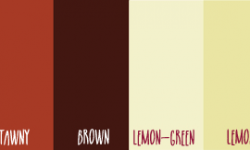
What colour can tell you about wine When drinking or tasting wine most people focus only on the smell and the...

Which wines to drink in hot weather Which wines should you drink in hot weather – and which should you avoid? Some...

Why champagne tastes like champagne Why does champagne taste like it does? This ‘quick & general’ guide to the champagne flavour profile...
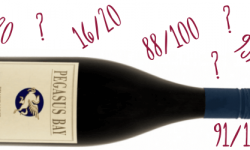
Wine Ratings; what’s the score? A critique of the wine critics There are many people who review and score wine; I am...

Wine Tasting etiquette A fun look at wine tastings and how to tackle them A while ago I got myself into a...

Women and wine In celebration of International Women’s Day here are a few facts and musings about women and wine. Is it...

Best wines to drink with Chinese Food What are the best wines to drink with Chinese food? There are so many flavours...
Must say the service has been fantastic, will definitely be buying from you again.
Very impressed with your range so far, it’s such an intelligent and well-curated selection of wine that you offer. I like how much conviction and ownership you demonstrate in your choices, something lacking in many other independents. Feels like everything you sell has had to earn its place in your “shop window” which is pretty unusual from the consumer’s end.... So - a happy customer and looking forward to trying new things next time and a second or third bottle of previous favourites.
© 2014-2025 Wines with Attitude Ltd | VAT Reg. No. 181 2419 22 | Registered in England 08918466 | Fiveways, 57-59 Hatfield Road, Potters Bar, Herts, EN6 1HS